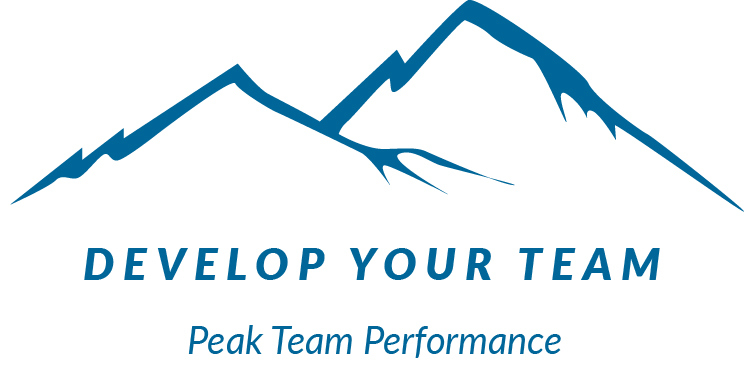Is your team spending too much time in meetings? Does it sometimes feel like nothing actually gets done, other than having meetings to talk about what needs to be done? Most of us have found ourselves on this seemingly endless treadmill at one time or another.
Here are five tips for getting off that treadmill and engaging your team to get the results you want from your meetings:
Icebreakers:
Include brief icebreaker activities at the beginning of your meeting as well as after any significant  break such as lunchtime or on subsequent days of a multi-day event. Even groups who know each other well will benefit from activities that re-connect and energize. Just a few moments of engaging in this way helps attendees to be more present and focus their attention on the meeting at hand, rather than all of the extraneous things going on in their lives.
break such as lunchtime or on subsequent days of a multi-day event. Even groups who know each other well will benefit from activities that re-connect and energize. Just a few moments of engaging in this way helps attendees to be more present and focus their attention on the meeting at hand, rather than all of the extraneous things going on in their lives.
Icebreakers don’t need to be embarrassing or stressful. They should be fun and encourage interaction. An icebreaker can be as simple as asking each attendee to share what they were listening to on the way to the meeting that day. Or it can be something more complex, possibly using props or other materials. Check out this Wilderdom site for a wealth of ideas to help you get started!
Objectives:
What is the purpose of your meeting? It seems like a simple enough question, but is sometimes overlooked. Are you having this meeting simply because it’s Friday morning and you always hold a meeting on Friday mornings? Or do you have a specific need for gathering people together?
Set clear, realistic objectives for your meeting, and share them in advance with attendees so they have the opportunity to prepare and gather any relevant information or resources prior to the meeting. Consider how much time you’ll need based on the scope of the objectives. Will you need a full hour (often allocated by default), or even a longer block of time? If more than one meeting will be needed, define the specific goals for each, ensuring that they support your overall objectives.
Ground rules:
What are the expectations for behavior and interactions at the meeting? Is it okay to step outside to take a phone call? Should attendees raise their hand or just speak out? What are the guidelines for computer use, texting, tweeting, instant messaging, etc?
Asking the group to define the ground rules is a great way to learn what is important to the members and ensure everyone’s commitment. Post these ground rules to increase awareness and adherence throughout your meeting.
Be inclusive:
Ensure that all voices are heard and everyone has an opportunity to contribute. Depending on the meeting objectives and the styles and personalities of attendees, you may find it effective to have attendees work in small groups at times. Or, you may go around the room in an intentional way to allow each participant a chance to speak. Another payoff from using icebreakers at your meeting is that they increase participants’ comfort levels, resulting in higher levels of participation, particularly from those who may be more introverted and reluctant to speak up about their great ideas.
Wrap up:
Have you ever experienced a meeting that felt so productive at the time, and yet ultimately did not result in the expected outcomes? Why does that happen? Often it’s because of inadequate or non-existent wrap-up. In closing your meeting, be clear about what agreements and commitments have been made. Exactly what is to be done, by whom, and by what date? What are the specific next steps? Who will follow up and how will they do so? Without clarity about what is supposed to happen after the meeting, the result can be… nothing. Nothing happens, and you’ve wasted a lot of everyone’s time – for nothing. Use your wrap-up to make sure that life’s obligations and distractions don’t prevent your team from achieving its goals!

Leave a Reply